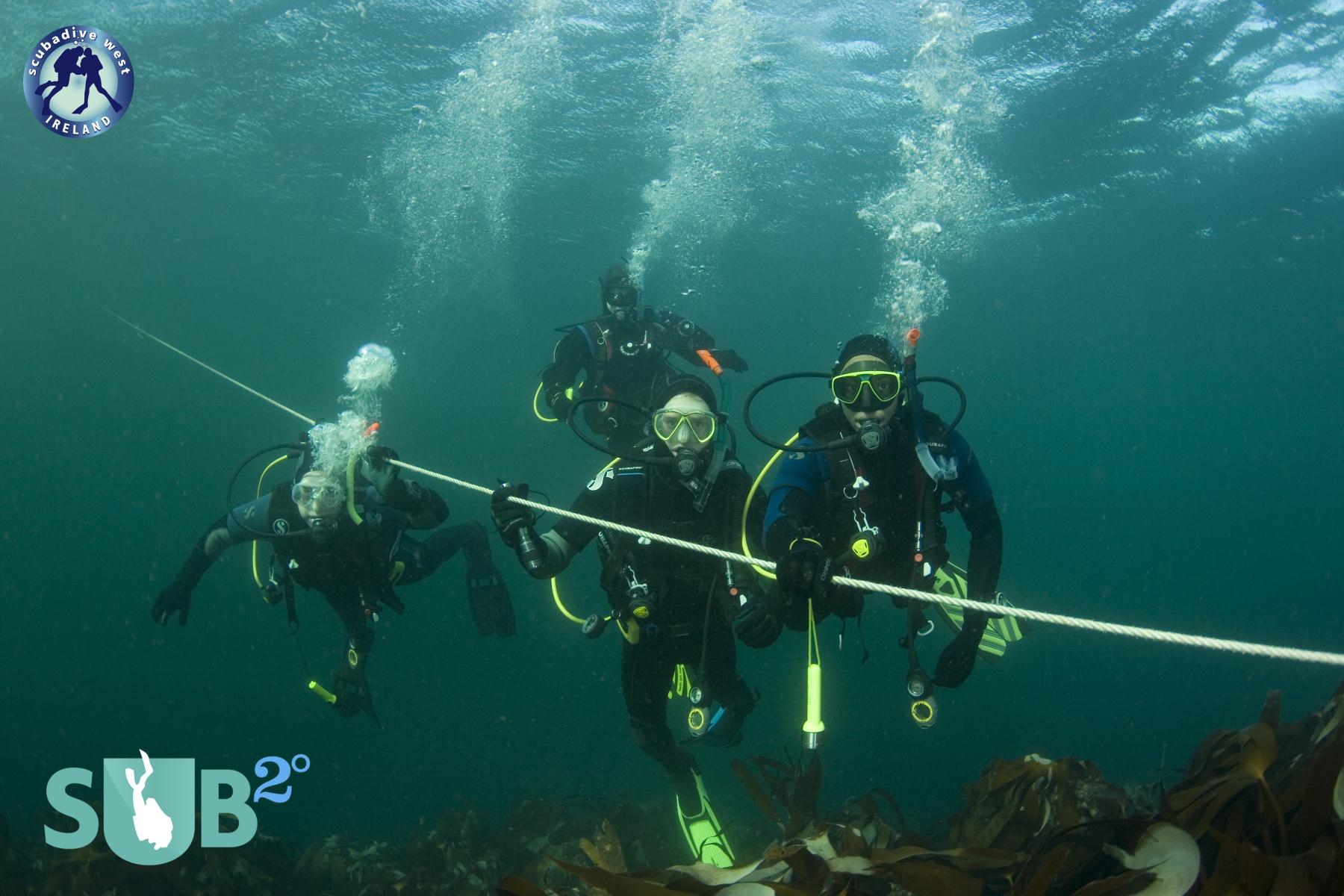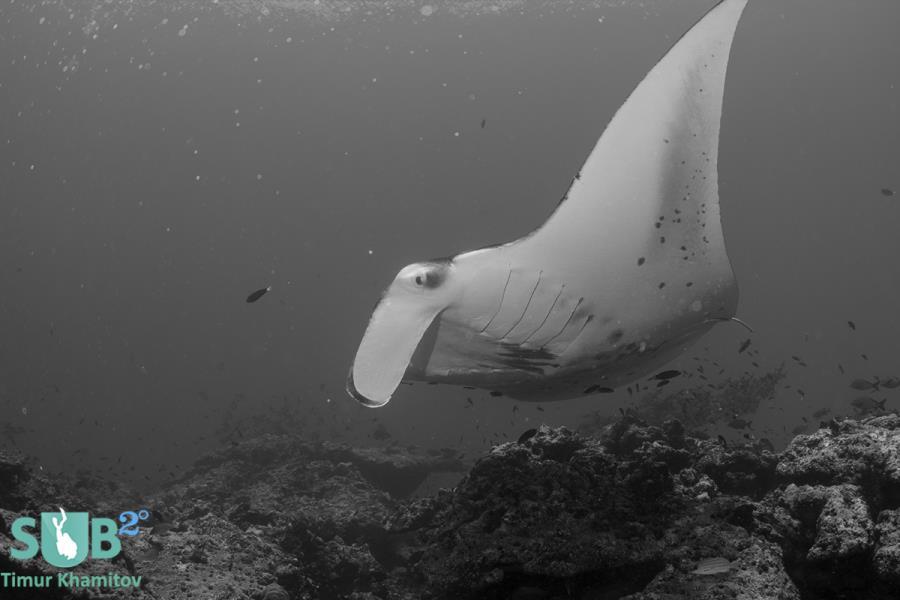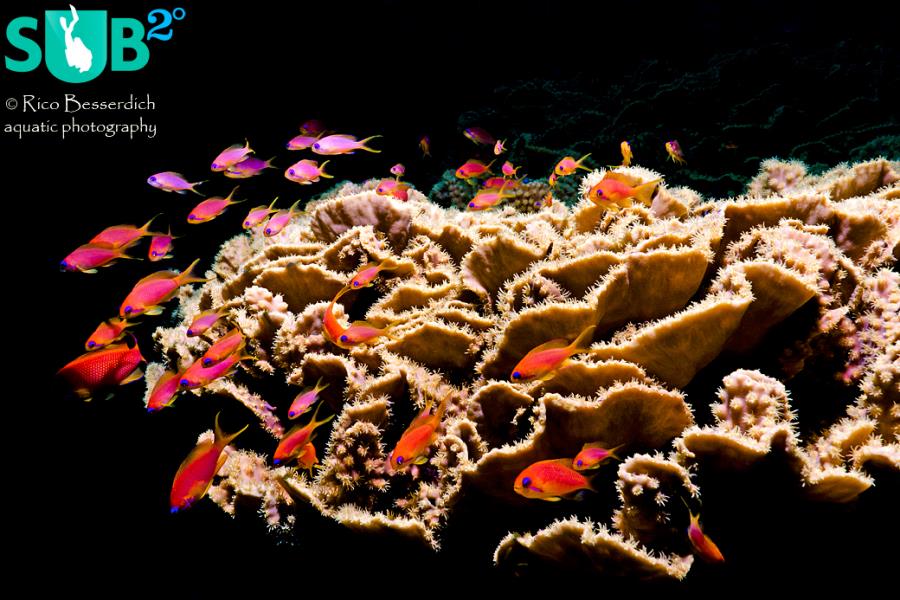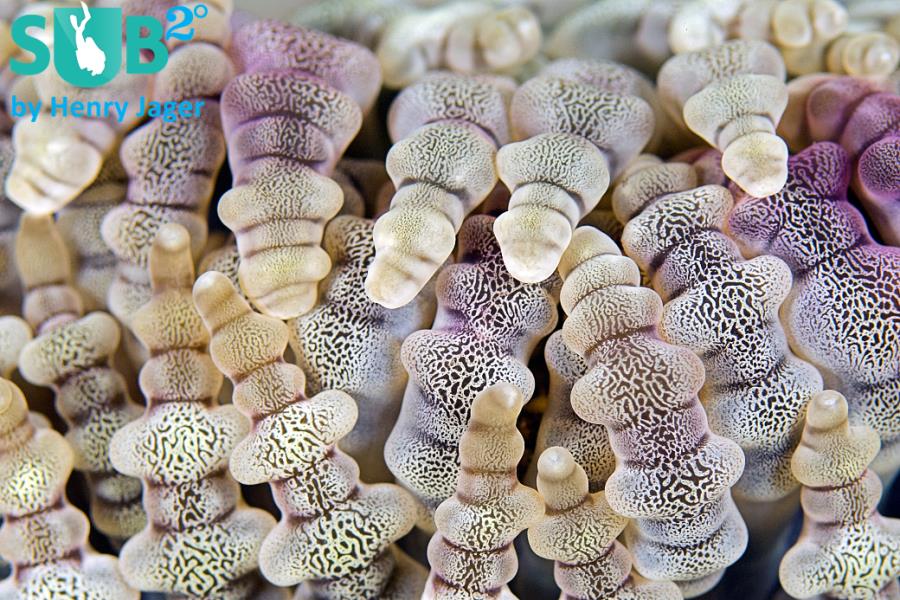
Published
Apr. 2,
2013
Mishaps and Misfortunes
Scuba diving is seen by many non-divers as an adventurous sport undertaken by only the most serious action-seekers. We all know how magnificent we appear when we are all suited up, tanks on back, fins on, doing a giant leap or backward roll into the unknown. Arriving back to base on the dive boat, we mill around looking knowledgeable and interesting, hauling equipment off a rubber dinghy or checking complicated data on our wrist computer.
We look impressive; at least that’s what we want non-divers to see.
As I look back on thirteen years of diving, I see a few small mishaps and misfortunes paving the way to my apparent success as the laid-back, perfect-buoyancy diver you see before you today.
I passed my open water and advanced open water certification without too many problems, apart from a tendency to become quite seasick en route to offshore dive sites. Over the years this little issue got worse and worse, until I reached a point where the dread of the boat ride began to overshadow the dive itself.
Eventually I realised what my problem was. Once we hit the dive site I would have to kit up and get ready, concentrating on the close-quarters tasks of zipping up my wetsuit, fastening my BCD and doing my buddy checks. My ears would react to the swaying of the boat, seasickness would take hold, and I would panic so much I almost couldn’t dive. Once I realised what triggered my anxiety I was able to explain to each dive master that I might get agitated as we rode out, but that I would calm down once I hit the water. Until then, I managed to humiliate myself on quite a few dive boats.
Years later I promised myself a dive trip to the west coast of Ireland; the beautiful Atlantic coast where I’d swum goose-pimpled as a child. I remembered those crystal-clear but ice-cold waters, and booked a dry-suit certification course beforehand so I could experience some great diving without getting hypothermia.
A chilly June weekend in Melbourne, Australia saw me under the pier at Rye in Port Philip Bay, with two layers of thermals under my rented dry suit, learning the basics. Visibility was good. It was a small group, and I was feeling confident. My only problem was a badly-fitting mask that kept filling up with water. It was irritating but nothing I couldn’t handle.
Half-way through the dive my mask filled up again, at the exact point when a less-experienced diver behind me kicked up the sand and reduced visibility to practically zero. In frustration I pulled at my mask to clear it and somehow knocked both mask and regulator away from my face. I was blind and without air underwater – a diver’s nightmare. My buddy, a novice himself, acted quickly, shoving his secondary regulator into my mouth within seconds and helping me to replace my mask and get my bearings. He was a stranger called Michael and I never met him again, but that day his vigilance and quick action both saved my life and enabled me to continue diving with confidence. To add insult to injury, twenty minutes later the choppy waters on the surface got the better of me (see above anecdote regarding panic) and I bungled the exercise to take off and replace my BCD. The dive instructor failed me and I had to return a few weeks later to complete my certification. Humiliating.
My final embarrassing episode was a once-in-a-lifetime dive experience off Trinidad del Mar in Cuba, with a charming dive master called Leonidas. For this story to make sense you have to realise that I am a real extrovert in life, very talkative. I hadn’t been underwater for months and was really excited about the dive trip, but the dread rose up in me as we motored out to the first dive location. I remembered my lesson; I fought the panic down, did a backward roll, and made my way to the anchor line to make my descent. Thumbs down, let’s go, gestured Leo. I got about three feet under water and stopped. Something was wrong. I wobbled my hand back and forth: I’m not feeling good, I gestured back. Leo checked everything: regulator, BCD, weights, and mask. I gestured wildly upwards, wanting to get back to the surface. Chill, said Leos’s hands. Wait. Breathe. I gulped air and focused on my breathing. What’s wrong, I asked myself? I closed my eyes and tried to locate the source of my agitation. It was the extreme extrovert inside me crying, “I have so much more to say!”. That was the first time I realised I could laugh out loud underwater.
Featured Posts
-

Indonesia Bans Manta Fishing,...
Analyzing manta conservation in the context of marine conservation as a whole. (Part 1 of the series)
-

Please "Like" My Photo!
Once you've made some cool underwater shots, you would love to have more people notice your photos, for example by sharing them on Facebook. A path full of potential but lots of nasty obstacles on the way. Let's have a look!
-

Reef-Art: Looking at the Reef...
Reef-Art shows fascinating insights to an underwater world, 99% of the divers never see. Reef-Art is the "Fine Art" of macro photography. It's a passion! The passion to bring your audience something they don't expect, they h...


Load more comments